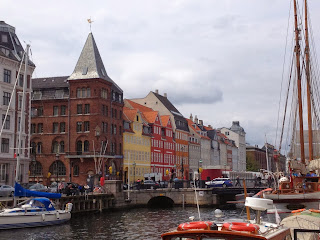Communication was
the biggest problem at all levels. Communication towers were damaged and power
was out so that cell phones were ineffective. The government and utility providers could not help immediately. Some rural villages did not see help for a month. This meant that banks could not operate so trading became a norm in the countryside.
Stress was still intense near the earthquake epicenters even after one or two years. People tried to move on with their lives, but they were weary, tired of how long it was taking to get things back to normal. In fact, life will likely never be completely normal for the people directly affected by these large quakes in Concepcion, Chile, Christchurch New Zealand, and Dechato/Fukashima, Japan.
People needed
people and families needed to come together. Grown kids moved in with
their parents; neighbors came together, and shelters filled. In addition,
many people were called away, leaving family behind. I encountered mothers who
were on their own for weeks as their husbands were on rescue/recovery missions
or repairing lifeline systems.
Those who recovered
emotionally the best were the ones who’d helped others. One man who owned a
water truck provided water to his village and told me if he hadn’t helped his
village, he couldn’t have survived emotionally.
After the
earthquakes, the recovery decisions are huge; how do you provide social care,
do you rebuild or repair, what do you do with the debris, how do you keep
businesses open, etc.?
Earthquakes can
shift patterns permanently. For instance, large neighborhoods of Christchurch
and Japan will never be rebuilt because the threat of the next earthquake. In Concepcion, a city near the epicenter of
the Chile earthquake experienced a shift from mom and pop stores to big box
stores. Big box stores (Lidar, owned by
Walmart) had the resources to take the temporary hit and stay open with
products, but the small stores could not. In the interim while small stores
tried to get up and going again, people’s habits changed; they began using the
big box stores and never went back to the small, neighborhood stores. New Zealand combated this by subsidizing
downtown businesses and providing temporary storefronts made from shipping
containers. In Christchurch a mall was
literally built up out of shipping containers!
































